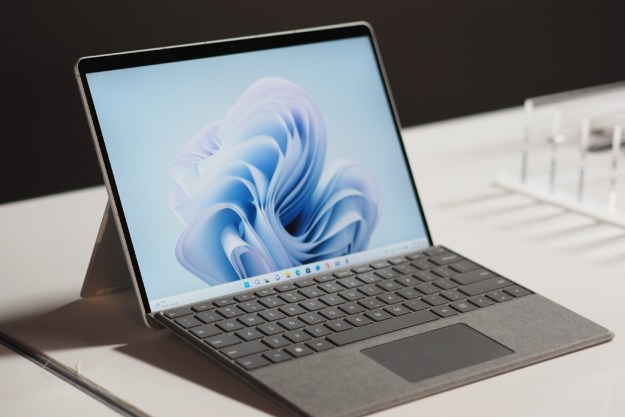
The homemade device was created by a 314Reactor member using Microsoft’s extinct operating system, a touchscreen, the Raspberry Pi A+ board ($25), and a bunch of other components to make it a wearable device. Windows 98 actually runs on an open-source machine emulator called QEMU.
“I have always had somewhat of a soft-spot for Windows 98, despite it driving me insane back in the day on my old Pentium II system with 64MB RAM and using some god awful on-board graphics,” the post states. “On top of this I love wearable/small tech and nowadays I have the ability to make things like this. So I thought, wouldn’t it be ridiculous and awesome to have Windows 98 on my wrist?”
Here are the specs of the base Raspberry Pi Model A+ board:
| Processor: | Broadcom BCM2835 (single core, 700MHz) |
| System memory: | 512MB @ 400MHz |
| Ports: | USB 2.0 HDMI (full) Micro SD card slot (storage) Micro USB (power input) stereo output/composite video combo |
| Connectors: | 40-pin general-purpose input/output Camera Serial Interface Display Serial Interface |
Powering the Raspberry Pi is a rechargeable 1,000mAh lithium polymer battery ($12) and the PowerBoost 500C ($20) that serves as a power supply, which recharges the battery while keeping the Raspberry Pi active when the power cord is plugged into a wall outlet. All three components are crammed into the Adafruit Pi Protector case ($8.50).
The screen is the Adafruit PiTFT 2.4-inch HAT Mini Kit ($35). It consists of a 320 × 240 resolution, 16-bit color, resistive touch overlay. The screen connects to the five Serial Peripheral Interface pins on the Raspberry Pi’s GPIO along with pin No. 25. After that, it’s screwed onto the Raspberry Pi board.
Other components include buttons for switching the device on and off, a switch, Sugru moldable glue, Velcro feet, a Velcro wrist strap, a 40-pin header, a 40-pin header extender, and more. The operating system of choice is Raspbian, a version of Linux outfitted for the Raspberry Pi.
“After FOREVER loading, it will eventually load up Windows 98 and be ‘usable.’ It’s super slow,” the post states. “Just hit the configured button to shut it off. This will uncleanly shut off Windows in QEMU, but will shut off Raspbian nicely. On next boot, Windows 98 may try and run scandisk though.”
Despite the coolness of the project, Windows 98 runs rather slow. The post suggests going into Raspbian and overclocking the processor to 800MHz, but there is a risk of failing hardware, overheating, increased battery drain, and so on. And because Windows 98 isn’t exactly a performance stallion running on the QEMU emulator, don’t expect to play Doom on the go.
“I’m tempted to put the other buttons to use and have them launch different versions of Windows — 95, ME, XP,” the post concludes. “Would be fun to have the ability to launch them all (non-concurrently). Although I imagine XP will run even worse than 98.”
Editors' Recommendations
- This custom hoverboard is entirely powered by Raspberry Pi
- Powerful upgrades turn 4th-gen Raspberry Pi into a more capable $35 desktop


